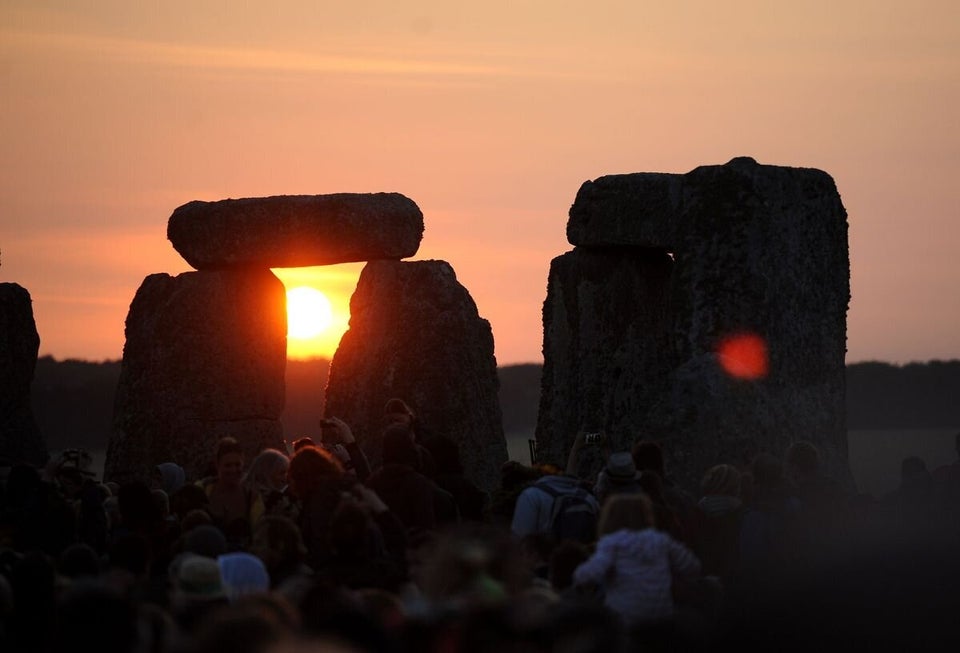The longest day of the year is approaching, but just what is the summer solstice?
Below is our guide to everything you need to know about the event and what people are doing to celebrate it.
What is it?
The summer solstice is often considered to mark the start of summer.
The reason we get long summer days is because the Earth's axis is tilted towards the sun. During winter the opposite is true, which is why we get shorter days.
In the UK, the summer solstice day has the longest period of daylight of any day in the year.
Yet in polar regions people will experience continuous daylight, from a few days to months around the summer solstice.
Solstice comes from the Latin words sol (sun) and sistere (to stand still).
When is it?
The summer solstice varies each year, although it does take place between June 20 and 22 in the northern hemisphere.
This year the summer solstice will take place in the UK on Sunday, June 21.
Times vary slightly depending on which part of the country you are in.
In London on June 21, the sun is due to rise at 4.43am and set at 9.21pm.
Why is it significant?
The summer solstice has links to many ancient cultural practices. Although it varies between cultures it has been celebrated as being symbolic of fertility and harvest.
Article continues below slideshow:
Where do people celebrate it?
Every year, thousands of people travel to Stonehenge in Wiltshire to mark the occasion.
The reason for gathering at the Heritage site is rooted in pagan traditions, although pagans and non-pagans both congregate there to watch the sun rise.
Druids also flock to Stonehenge on this for the occasion and some have been known to perform fire rituals.
Despite little knowledge surrounding the stone formations, some believe there is a spiritual or religious element to their construction.
